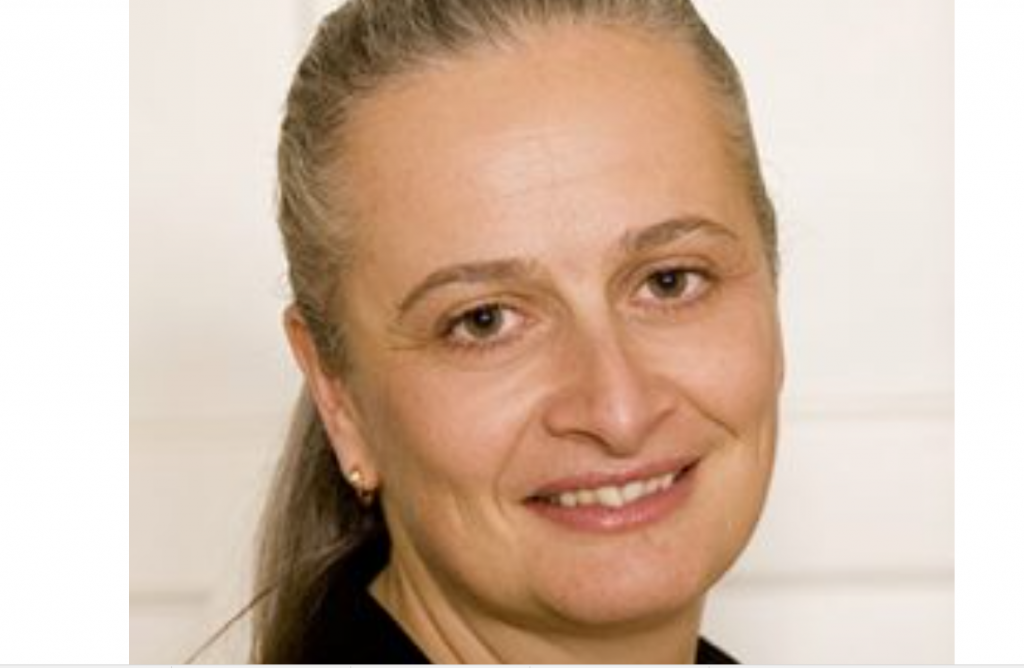Royal London has made changes to its critical illness cover (CIC) in a bid to pay more protection claims.
Under the changes the mutual insurer has added two new definitions that pay out the full amount and others that pay out a partial amount without reducing the sum assured.
It has also enhanced a number of existing adult and child definitions to further improve its range of cover on its menu plans.
The changes, effective from 21 March are:
The addition of two new full definitions
- Crohn’s disease – a long term condition where parts of the digestive tract can become inflamed.
- Syringomelia or Syringobulbia
- Syringomyelia is the formation of fluid-filled cysts in the spinal cord. It can cause pain, weakness and stiffness in the body.
- Syringobulbia is the formation of fluid-filled cysts which affect the brainstem. Symptoms can include dizziness, involuntary rapid eye movement, impaired vision and numbness.
Three new additional payment conditions
- Less severe cardiomyopathy – a disease of the heart muscle that leads to the heart becoming enlarged and functioning poorly.
- Less severe heart failure – means the heart is unable to pump blood around the body in the way it should.
- Severe sepsis – a life-threatening medical condition. It happens when the immune system over-reacts to an infection and starts to damage the body’s own tissues and organs.
Eight updated existing definitions
- Spina bifida – now included meningocele in the children’s critical illness definition for spina bifida.
- Bacterial meningitis – so permanent symptoms after infection are no longer needed.
- Third degree burns – for full definition as well as additional cover condition, the percentage surface area of the body or face that needs to be affected before a claim is paid has been reduced.
- Coma – removed the requirement for permanent associated symptoms and instead have added the use of a life support system for 96 hours.
- Deafness – reduced the need for a loss of hearing from greater than 95 to 70 decibels.
- Chronic lung disease – increased the FEV1 limit to less than 50% of normal.
- Partial loss of sight – increased the visual field in the better eye to 45 degrees or less of an arc.
Jennifer Gilchrist, proposition specialist at Royal London, (pictured) said: “It’s essential we keep our focus on reviewing and revising our critical illness definitions to achieve the best possible outcomes for customers so we can pay as many claims as possible.
“The improvements we’ve made ensure we provide valuable cover with clear and understandable definitions for the conditions that customers are most likely to claim on.”
Alan Lakey, director at CIExpert, added: “Royal London has made tremendous strides in recent years, particularly with its high quality child cover.
“This upgrade focuses primarily on the adult cover and extends the prospect of a claim payment by the addition of five conditions together with improved claim wordings on eight others. Those advisers who focus on quality plans will welcome these enhancements.”
